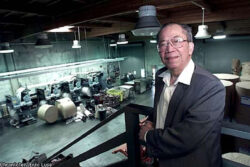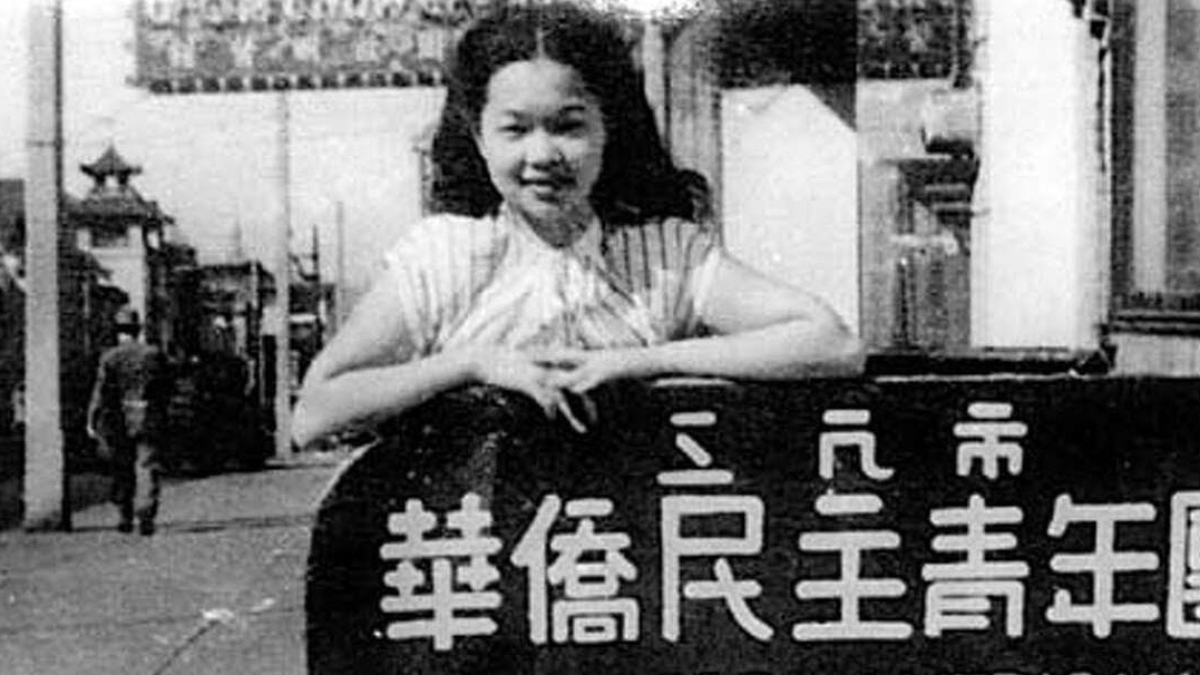Written By: Nathan Liu
When you think of the “Red Scare,” what comes to mind? Is it Joseph McCarthy? Is it the Hollywood Blacklist? I’m guessing it’s not working-class Chinese immigrants and their children getting jailed, deported, and driven to suicide for supposedly being affiliated with China. And yet, that was a tragically common phenomenon throughout America’s Chinatowns in the 1950s, and it’s precisely what director Amy Chen explores in her documentary “The Chinatown Files.”
First airing on TV back in 2001, the film features interviews with Chinese Americans affected by the anti-Communist purges, as well as various writers, historians, government agents, and lawyers. In addition to the interviews, the documentary mixes in photographs, newsreel footage, audio recordings, and even racist cartoons from the period. All of which create a great sense for the era, as well as what these men and women had to go through. The film also does a good job of laying historical groundwork for non-Chinese viewers.
It explains the Chinese Exclusion Act, which banned any person of Chinese descent from obtaining US citizenship, how institutional racism created Chinatowns by segregating immigrants into ghettos, and why some Chinese Americans allied themselves with Communist and left-wing groups who showed them more support than the United States. The film even explains the Chinese Civil War, which led to the nation becoming Communist, and the Korean War, in which Chinese forces fought against American troops, the latter of which was used to justify the arrests and deportations of those suspected of having Communist sympathies. Bear in mind, something as small as sending money to relatives in China was seen as “trading with the enemy,” so it took very little for the government to suspect Chinese Americans of having Communists sympathies. All of which is to say that the film is highly informative, and a good entry point for anyone looking to learn more about the Red Scare in Chinatown, a topic about which there is shamefully little written.
Only a few people have tackled the subject in their work, and to … varying degrees of success. John Madden’s 1994 film “Golden Gate” tells the story of a 1950s FBI Agent (Matt Dillon) putting a Chinese American laundry worker (Tzi Ma) behind bars, only to later fall in love with the man’s daughter (Joan Chen), and let’s just say it didn’t win over critics or audiences. It only earned $395,105 at the US box office, and it holds a rare 0% approval rating on Rotten Tomatoes. On the flip side, Lisa See’s 2009 novel “Shanghai Girls,” which tells the story of two sisters escaping war-torn China and features the main characters getting harassed by FBI agents in the 1950s, became a New York Times Best seller. See even cites Chen’s documentary as a source in her book.

Publisher and longtime San Franciscan Maurice Chuck, 68, still works in the city where he was once scrutinized by the FBI. (Image Credit: Eric Luse, SFGate Chronicle)
“The Chinatown Files” is succinct, clear, and informative. And it underlines the still-relevant issues of freedom of speech, Asian American people being treated as enemy aliens, and government persecution causing some in the community to turn on one another. Its subject, the fear of Communism, might seem dated by today’s standards. However, its wider explorations of xenophobia, racism, and the troubling, cyclical nature in which Asian American people are vilified – as with the COVID-19 pandemic – then used to boost American narratives a la the “model minority” myth, are tragically as relevant now as before, and make the documentary more than worth checking out.
“The Chinatown Files” is part of ACV Classic. It re-screened at the 45th Asian American International Film Festival.

